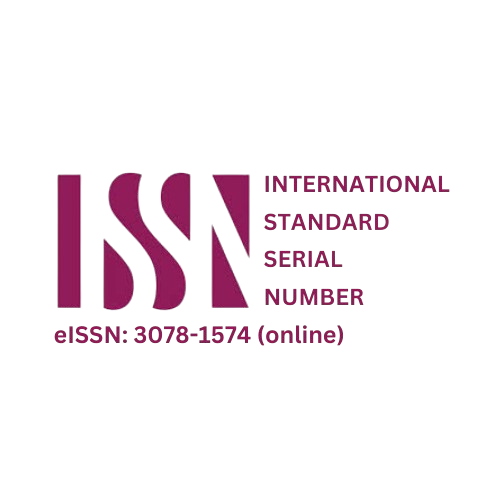Pakistan’s Evolving Relations with Central Asia: A Case Study of Connectivity Projects
DOI:
https://doi.org/10.71261/rlss/3.1.141.154Keywords:
Connectivity projects, CPEC, Central AsiaAbstract
This article article analyses Pakistan’s evolving relations with Central Asia, using connectivity as a factor of analysis to explore projects such as the China-Pakistan Economic Corridor (CPEC) within the broader Belt and Road Initiative (BRI) framework. These projects are the main focal points of the regional economic and geopolitical developments plan and to enhance the trade and energy cooperation along with economic capability of Pakistan and the Central Asian Republics (CARs). As with most development projects in these regions, these projects hold the potential for tremendous development impact, however, are not without substantial challenges such as political instability and security threats, development of infrastructure. Consequently, the multiple connectivity initiatives are examined from an economic, political and security perspective through this qualitative research approach. Since the last decade or so, there is quite a paradigm shift which indicates that, despite a relative increase in trade volumes and investments, geopolitical barriers and perceived security threats, for instance in Afghanistan, continue to hamper regional integration. To overcome these challenges, the article calls for stepped up multilateralism, infrastructure spending and public-private partnerships (PPPs). Furthermore, connectivity projects point out the opportunities for the transformation of the region’s infrastructure however, their implementation will be difficult unless a number of these challenges are addressed through continued regional cooperation and solid investments in both connection and security.
Downloads
Published
Issue
Section
License
Copyright (c) 2025 Muhammad Shahbaz, Minahil Zahid, Muhammad Zain Ali

This work is licensed under a Creative Commons Attribution-NonCommercial 4.0 International License.
RLSS is licensed under a Creative Commons Attribution-NonCommercial 4.0 International license (CC BY-NC 4.0). This license permits users to use, reproduce, disseminate, or display the article provided that the authors are the original creators and that the reuse is restricted to non-commercial purposes, i.e., is attributed to research or educational use, Provided that the work is properly cited.


